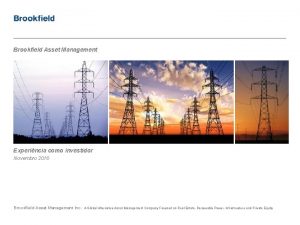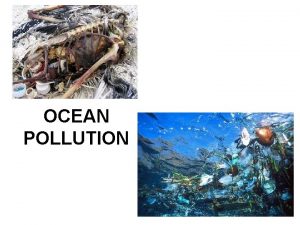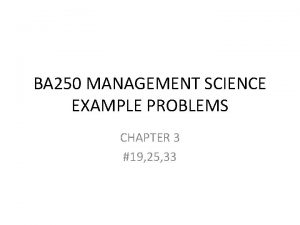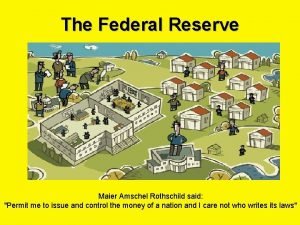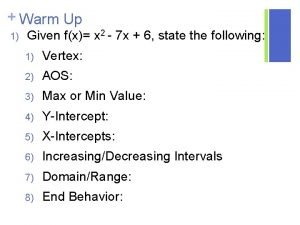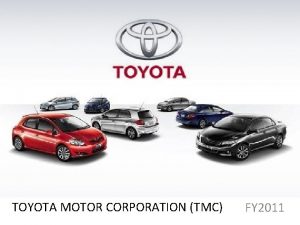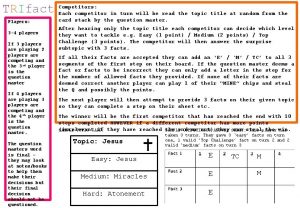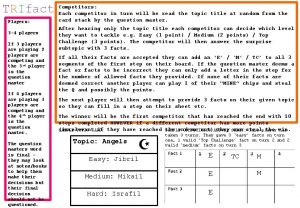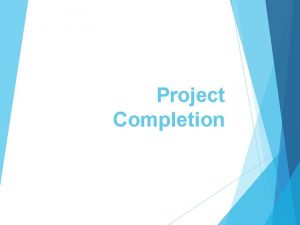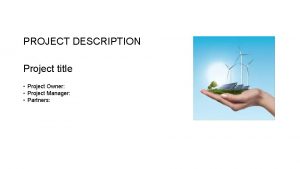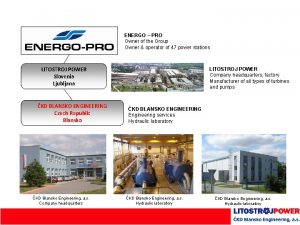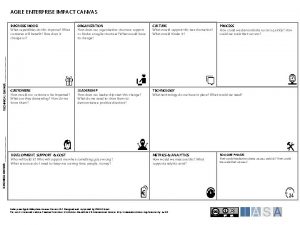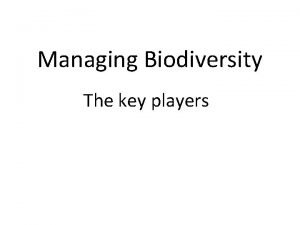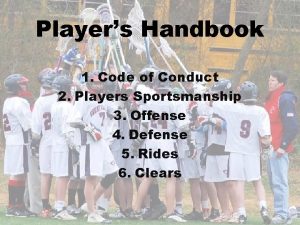Construction Management Players Owner owns project upon completion
















- Slides: 16

Construction Management

Players • Owner – owns project upon completion of construction – Private – owner owns land pays for construction of facility • Able to accept/reject bids based on many parameters including cost, quality, reputation – Public – owner is government agency, public pays for facility • Very strict method of soliciting bids, accepting bids, writing specs

• Design Professionals – Architects, Engineers, design professionals • Assist owner in developing plan for facility • Make sure it is structurally sound • Make sure all systems, utilities, facilities are integrated into design • Responsible for applying for and obtaining all necessary permits

• Contractor • Contracts to build project to the specs set forth in the contract for a contracted price – Contract will subcontract to specialty firms – Subcontractors may subcontract further • Project Management – Acts as owners agent and works with designers and contractors to insure high quality and lower cost

Construction Project • Has following characteristics – Defined goal or objective – Specific tasks not routinely performed – Defined beginning and end – Defined deliverables – Resources being consumed

• To build a project on time and at cost need a good map to get thru project – Steps • • • Establish project plan/objectives Do research into materials and design Design, estimate and schedule Present design to owner Analyze project for viability Adjust project plans as needed and go back to beginning

• As the project progresses more information is known and needs to be considered • Good early decisions provide significant benefits. Ability to influence the project costs decreases as the project is built

Construction Project Categories • Residential • Condos, town houses, apartments, single family homes • Owners may be development companies or individual owners • Fairly low tech • Building Construction Projects • Office buildings, large apartment buildings, shopping malls, theaters • Dependent on economy • Designed by architects with engineering support

Construction Project Categories • Heavy Construction • Roads, bridges, dams, tunnels, water & waste water systems • Designed by engineers • Usually public projects • Industrial Projects • Steel mills, petroleum refineries, chemical processing plants, auto production facilities • Specialized design and construction • Limited companies do this work

Chronology • Conceptual Planning – Owner makes decisions on designers, site, and project cost and schedule – Iterative process – add in and delete items to get desired final product – Need to gather as much info as possible • Rehab work uncovers many unknowns – Permits are started and applications made – Estimate +/- 25%, Schedule +/- month

Chronology • Schematic Design – Actual design begins – Looking at method and materials to use – Value engineering – Begin setting up work packages – Id long lead time items – Preliminary estimate (+/- 10%) and schedule are completed

Chronology • Design Development – Final design phase – Make system choices based on cost and schedule – Prequalification process for bidders – Contract documents and determination of work packages – Woodrow Wilson Bridge – Fair cost estimate and schedule developed

Chronology • Construction – Mobilization – Milestones – Substantial completion – Punchlist items – Project Close out

Project Risk • Bid depends on amount of risk contractor is willing to take • Risks – Project Site – Neighbors, Regulatory environment, Subsurface conditions, Economic climate – Project – complexity, planned technologies, degree of finishes, materials, mechanical/electrical systems – Process – Project funding, timetable, preconstruction info, project unknowns – Owner Org – sophistication, org structure, decision making • Contingency takes some of risk out

Contract Types • Fixed Price (Lump Sum) • • Do work for a set price Must have an accurate estimate for bid Provides owner and contractor with a number Risk to contractor is great, to owner minimal • Unit Price • Price is per unit of each item. Price includes all O&P • Designer estimates quantities

Contract Types • Cost Plus Fee • Owner reimburses actual costs plus a fee to cover O&P • Good when scope of project is unclear – GMP • Owner knows max price for financing • Clause provides a split of money if contract comes in under budget
 Who owns brookfield asset management
Who owns brookfield asset management Importance of software project management
Importance of software project management Code project owner
Code project owner Who owns knowledge
Who owns knowledge Junes portfolio includes 177 shares
Junes portfolio includes 177 shares Who owns the oceans
Who owns the oceans Working title films address
Working title films address Ruffles without ridges commercial
Ruffles without ridges commercial Www.assignmentpoint.com
Www.assignmentpoint.com The bradley family owns 410 acres
The bradley family owns 410 acres Rothschild federal reserve
Rothschild federal reserve When was lowes founded
When was lowes founded Jaime owns a business making decorative boxes
Jaime owns a business making decorative boxes Toyota group
Toyota group Ramirez company installs a computerized
Ramirez company installs a computerized Who owns metro pcs
Who owns metro pcs Who owns ipesa?
Who owns ipesa?
